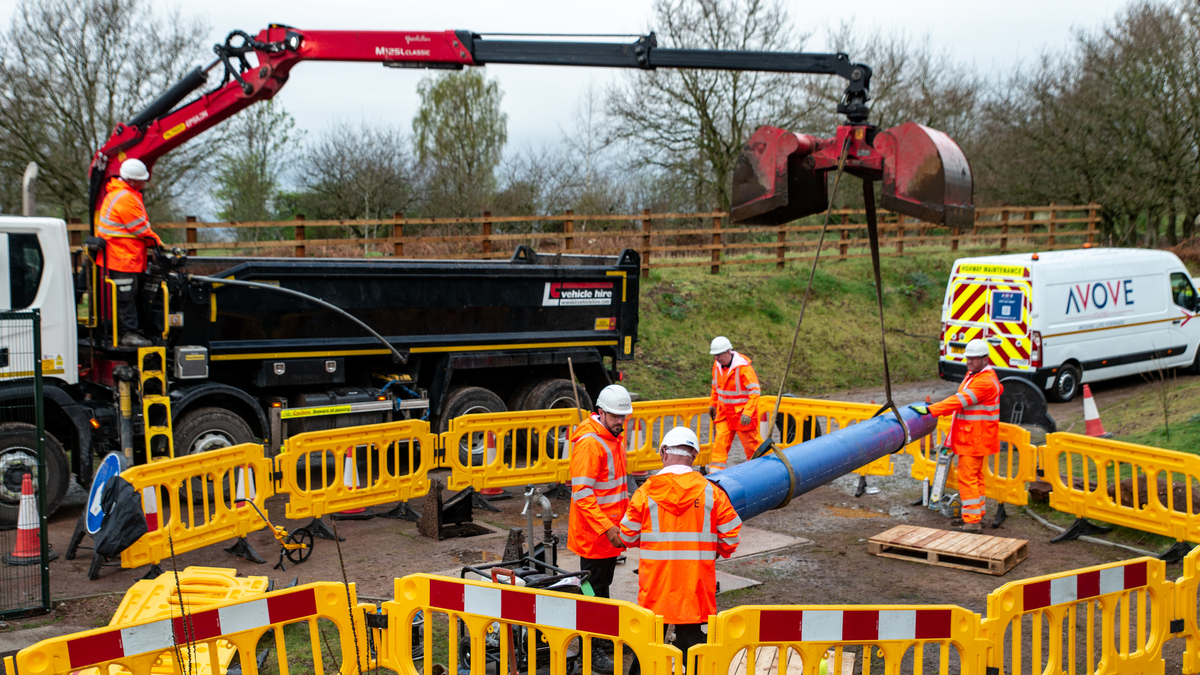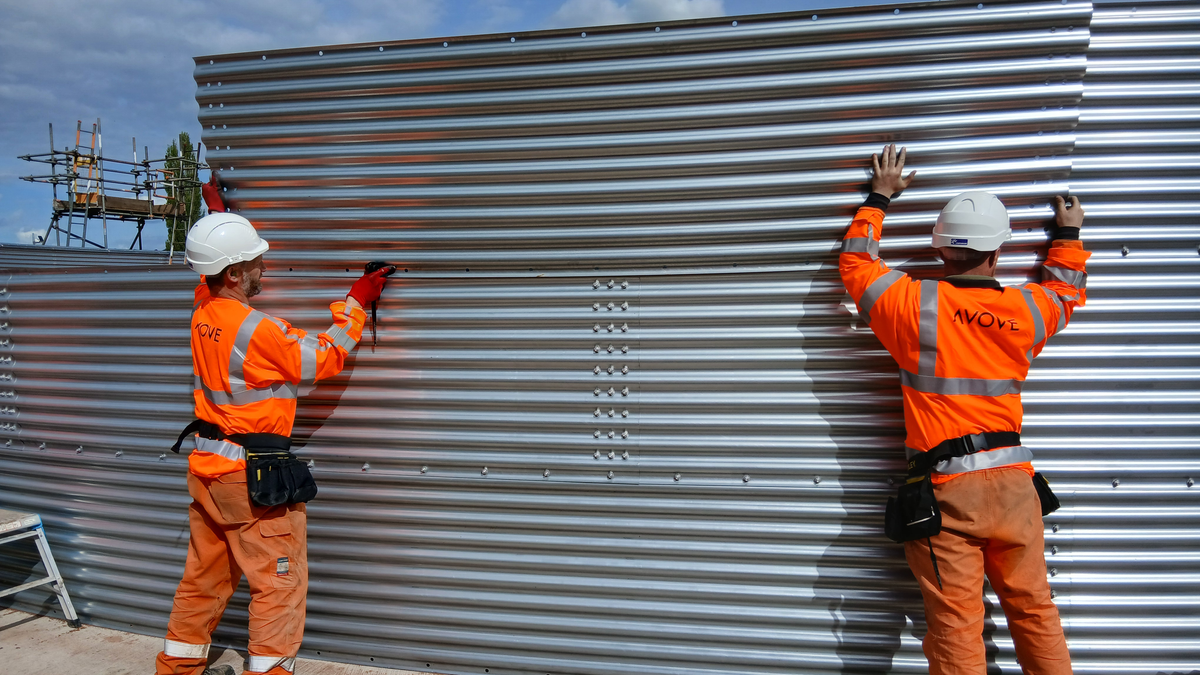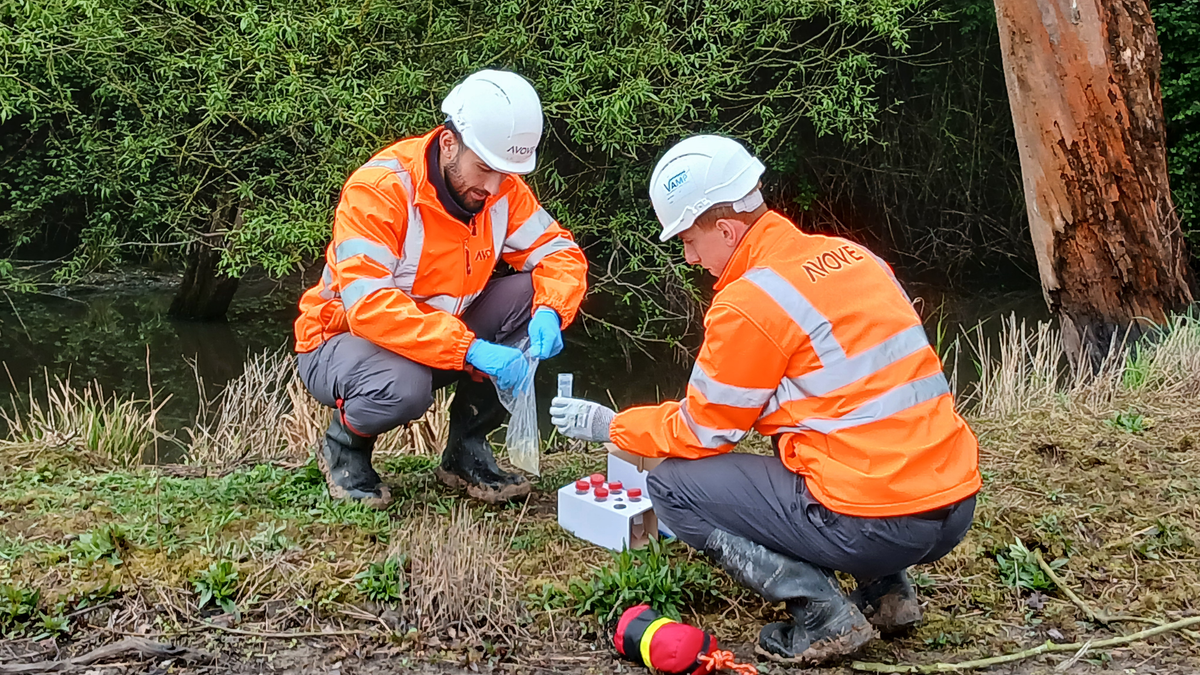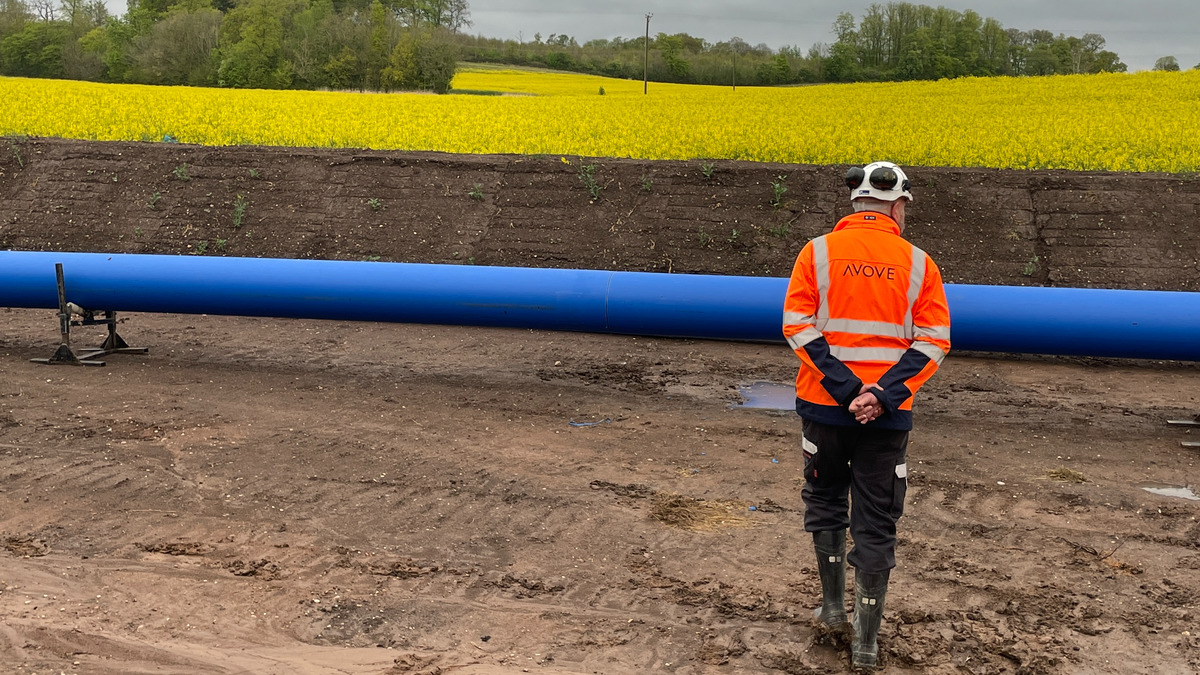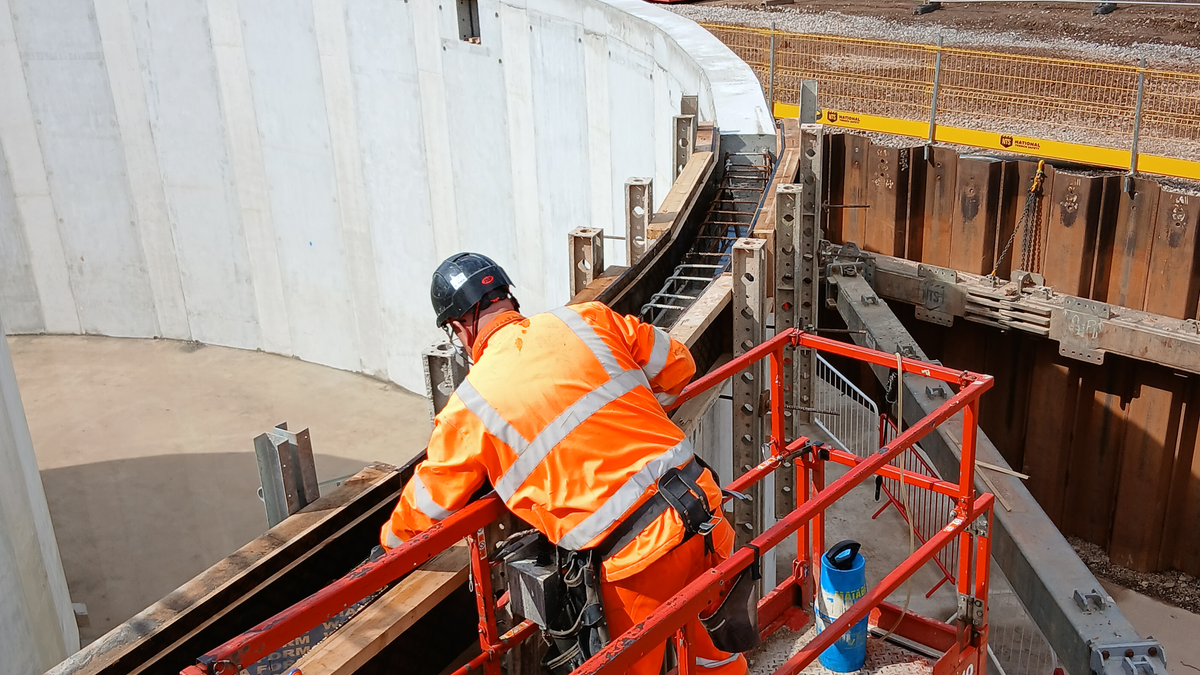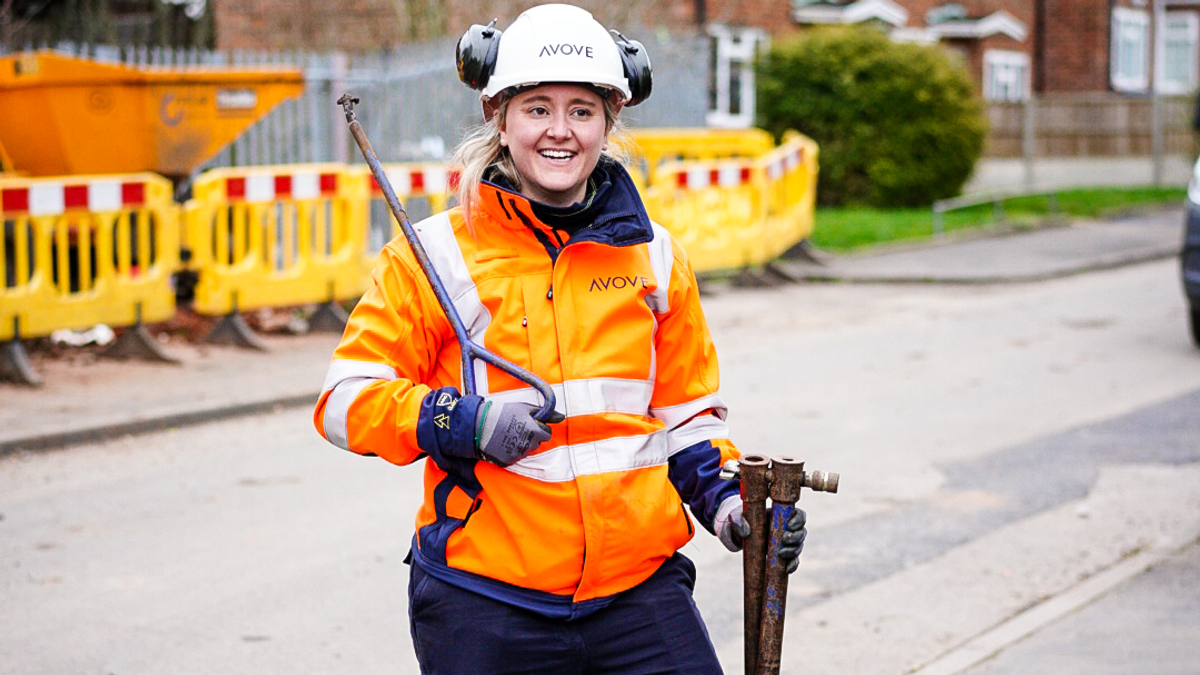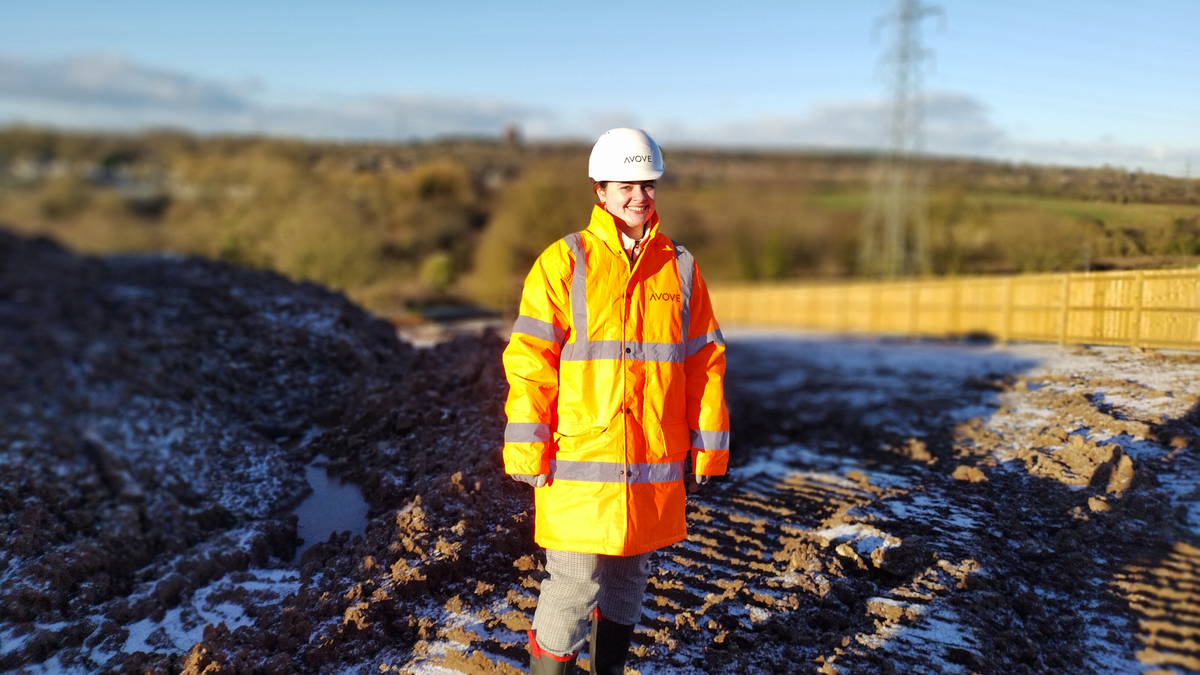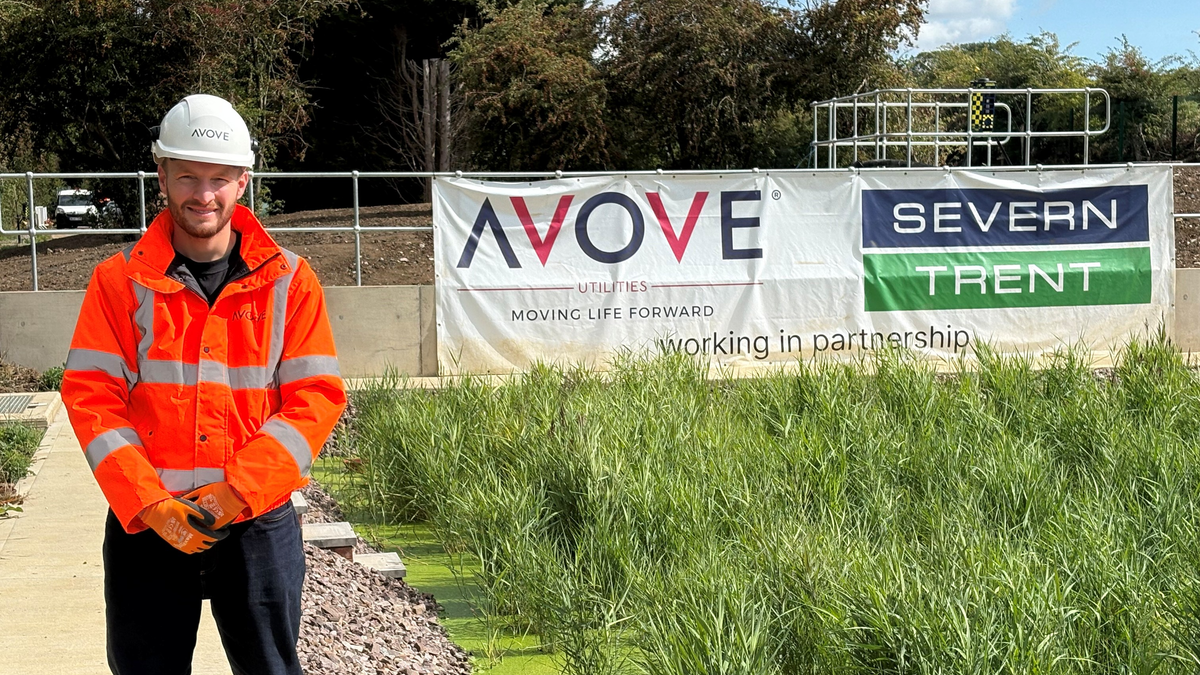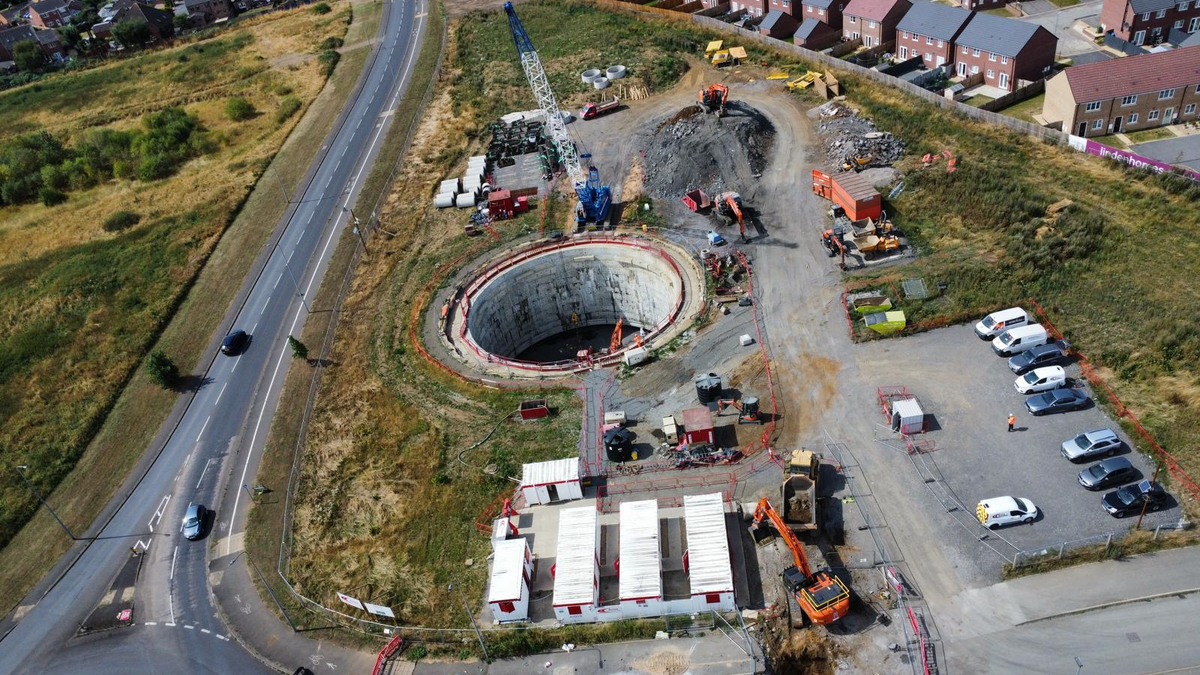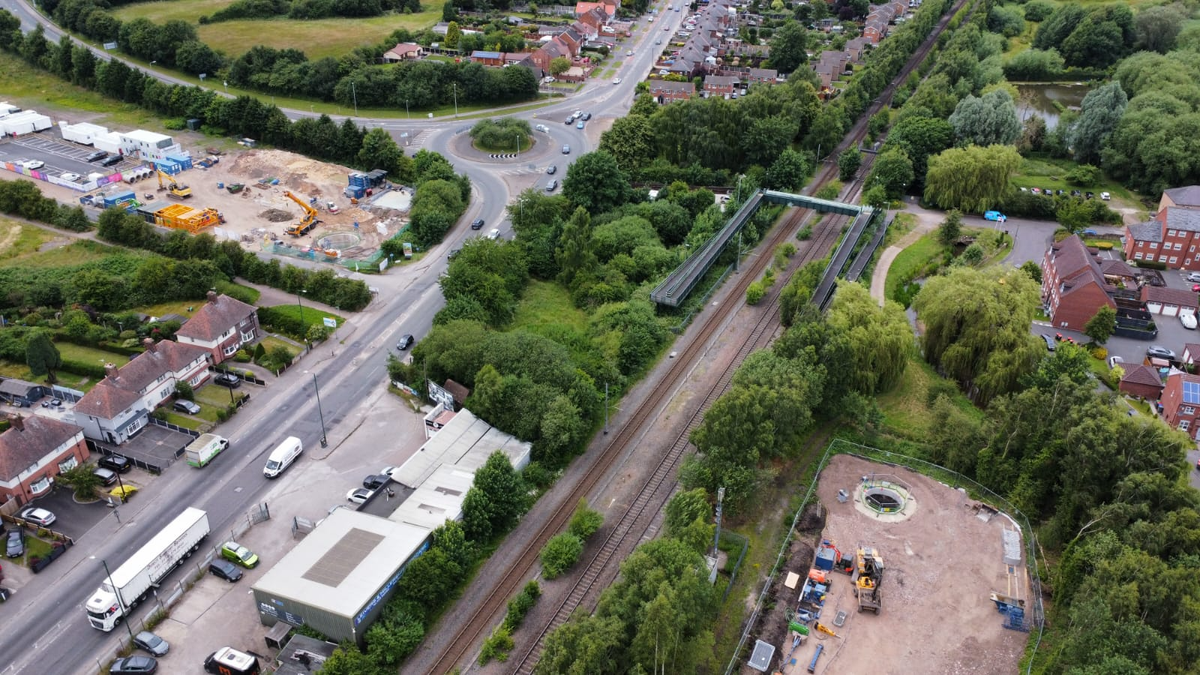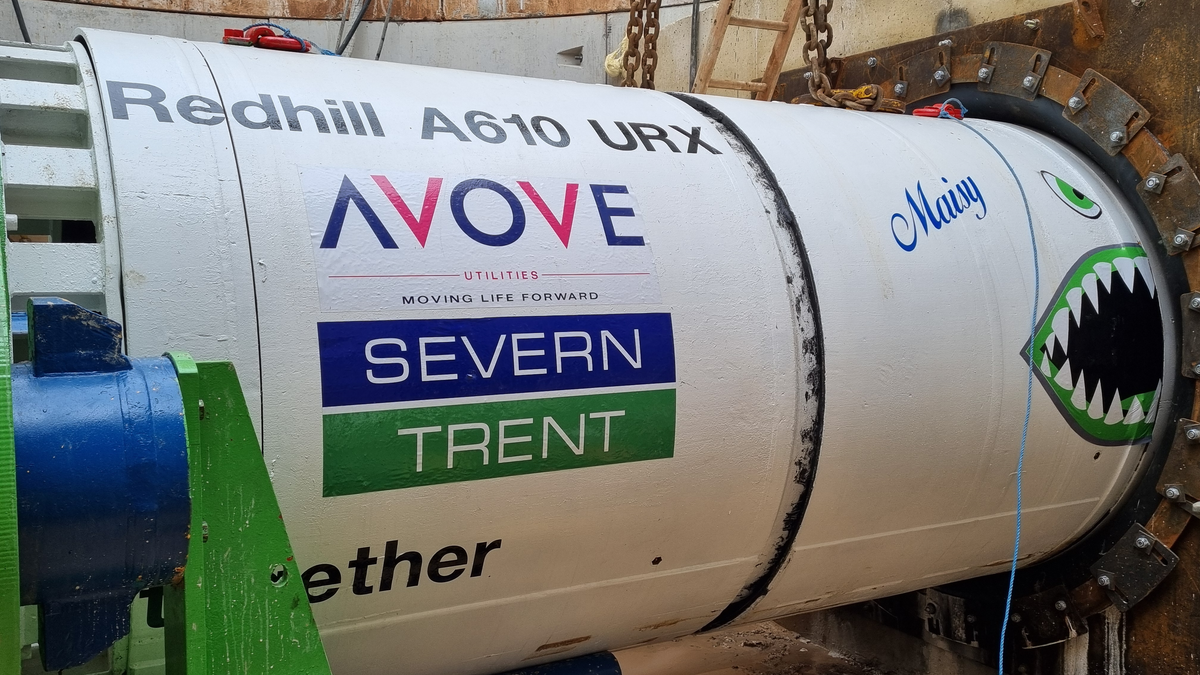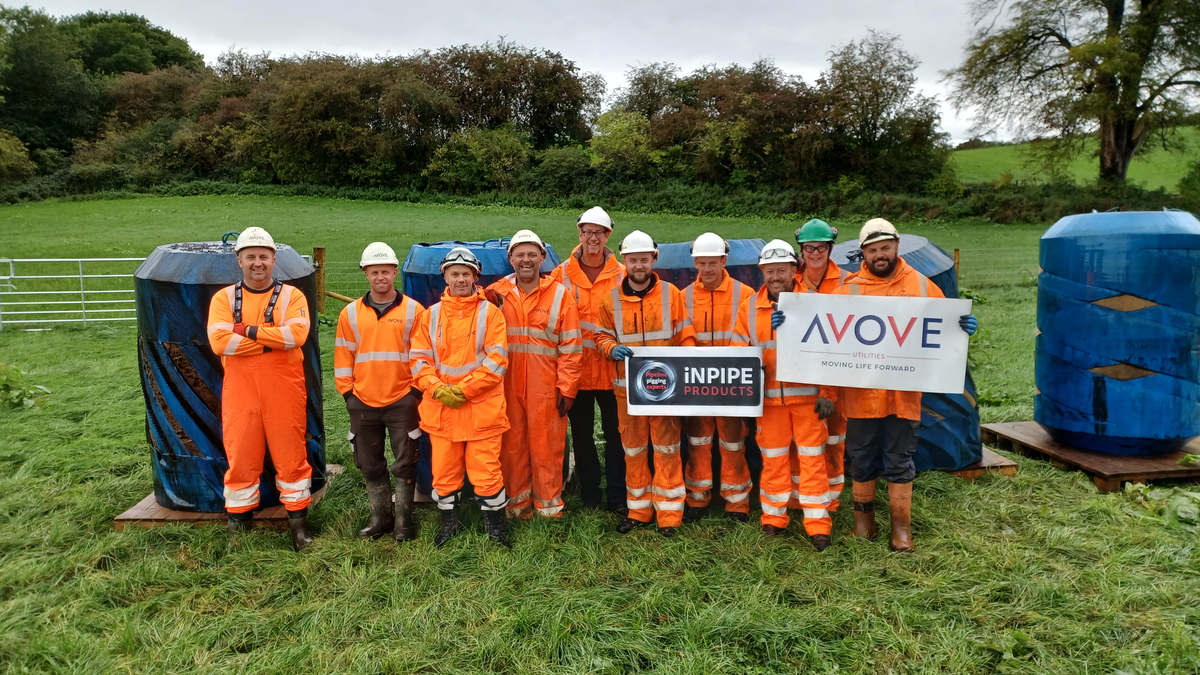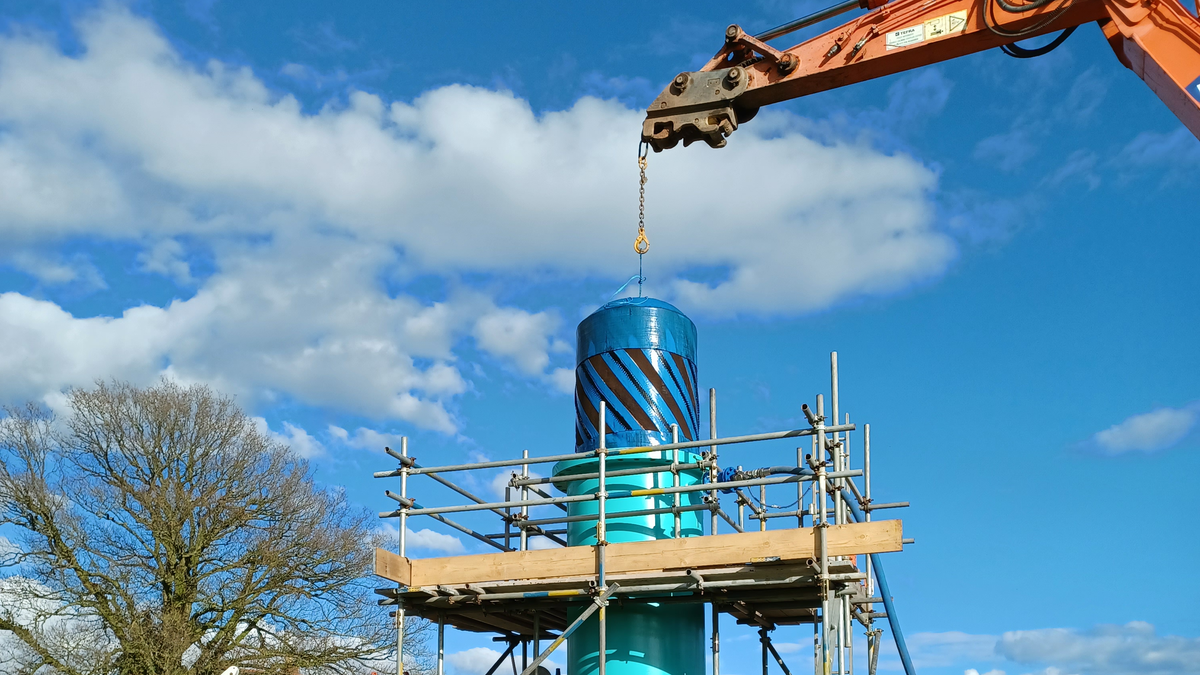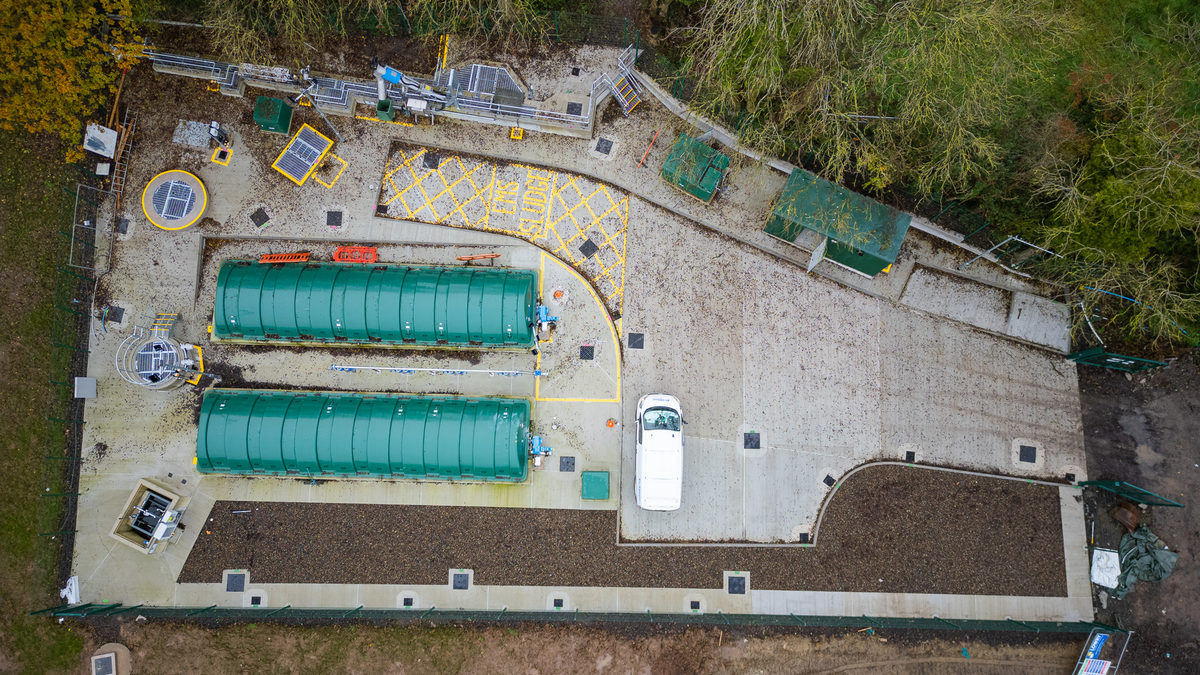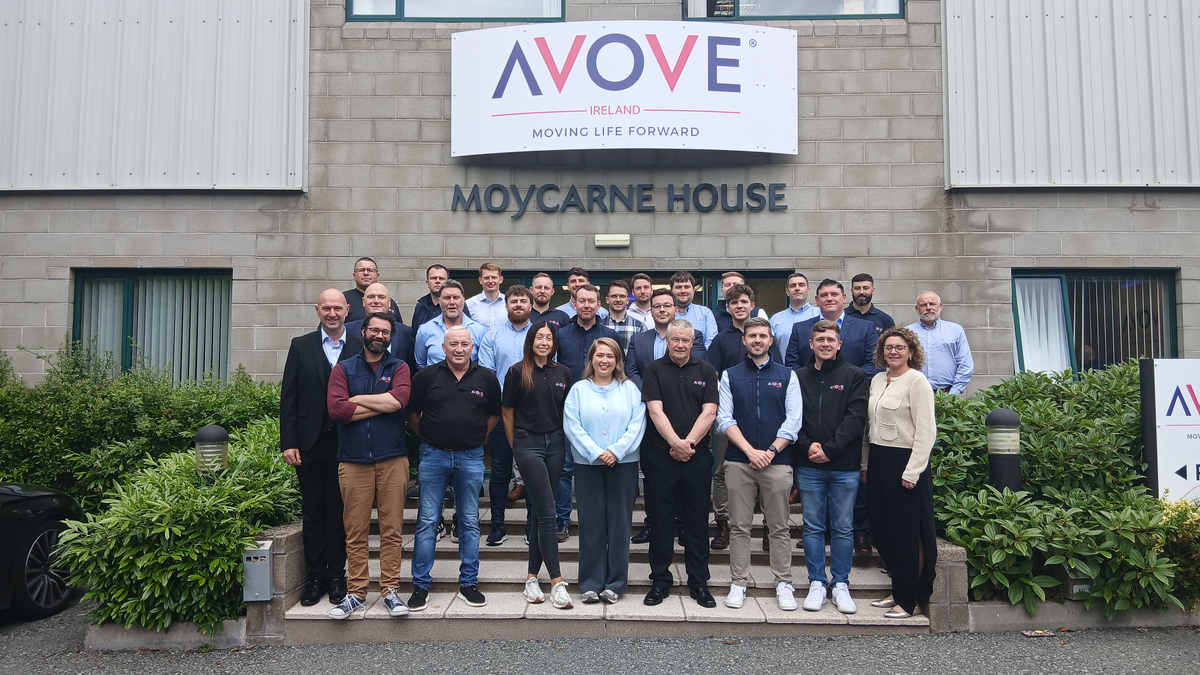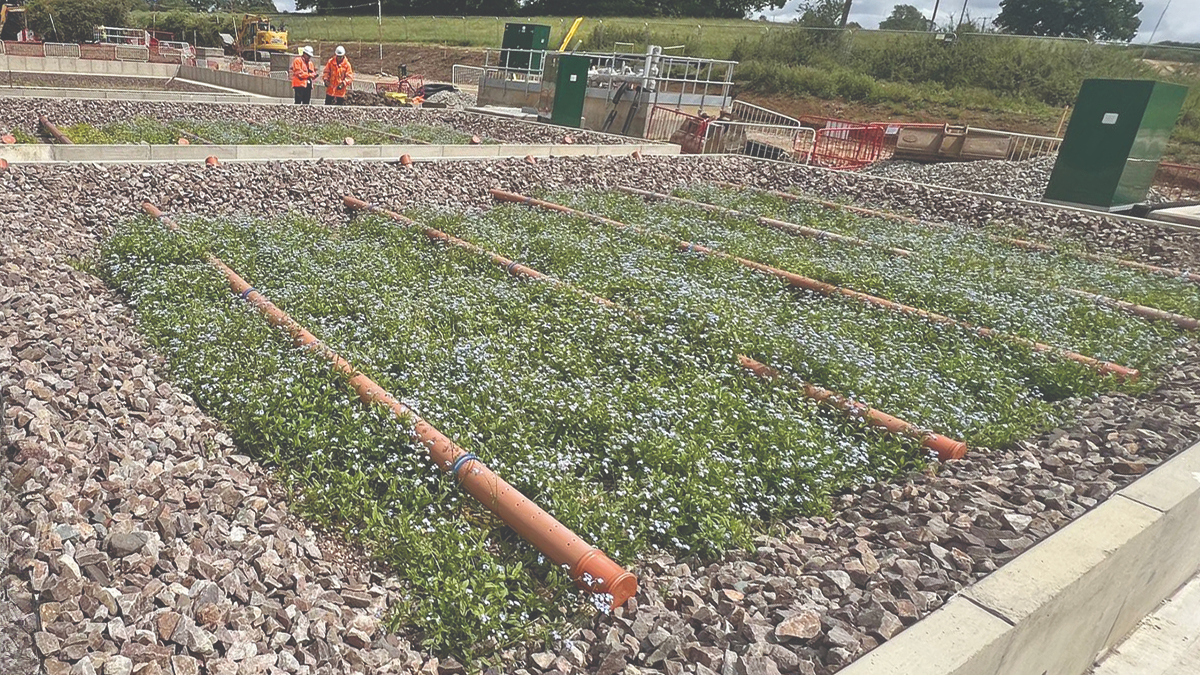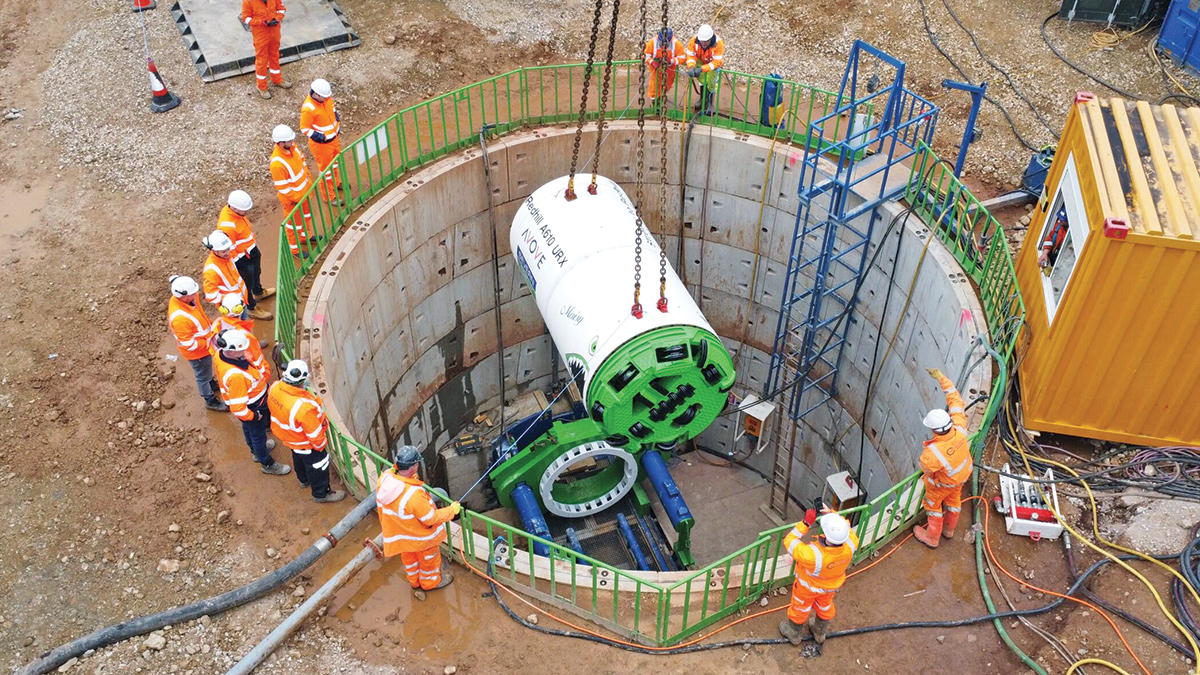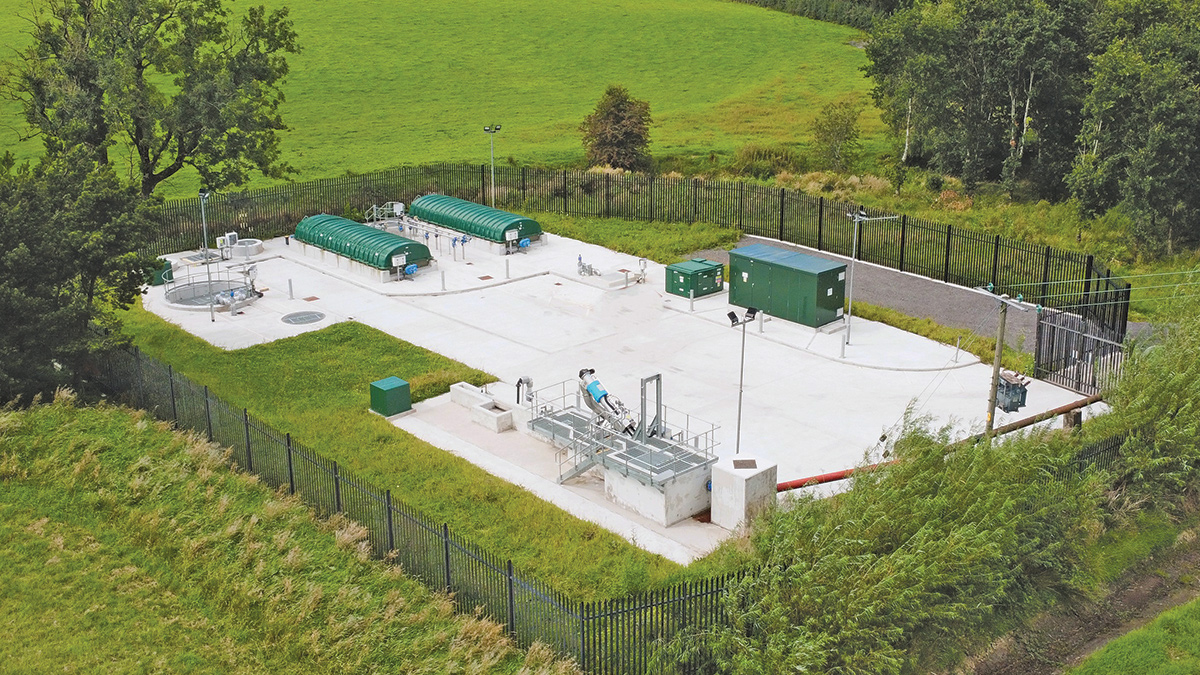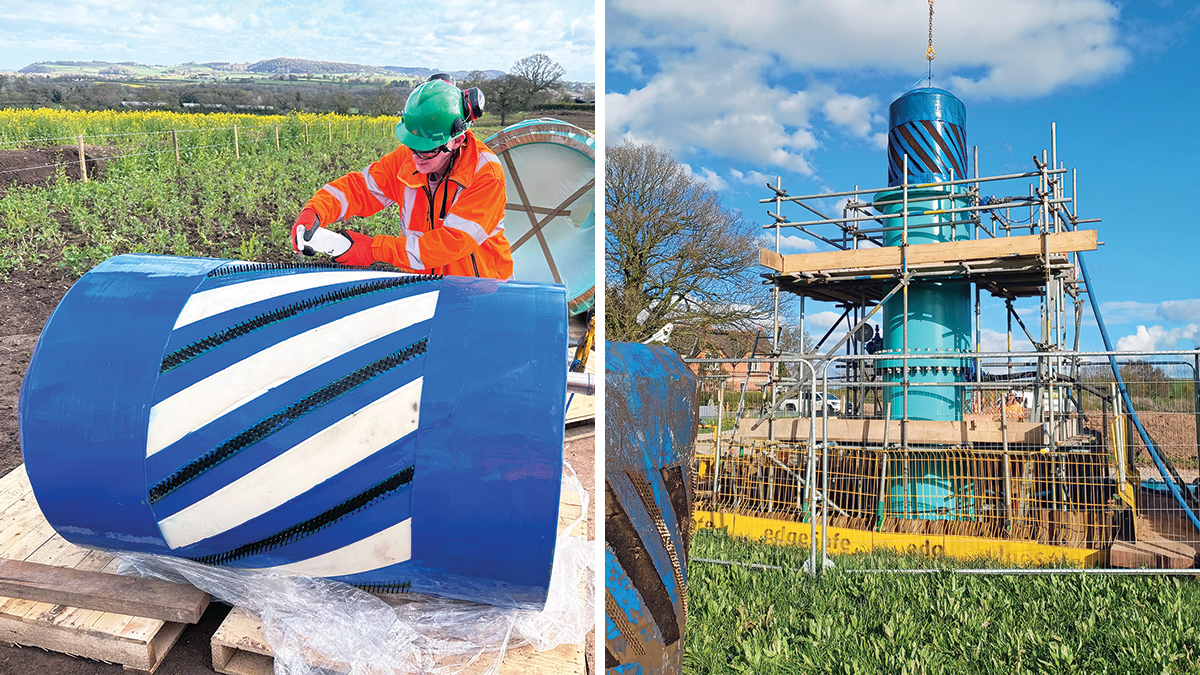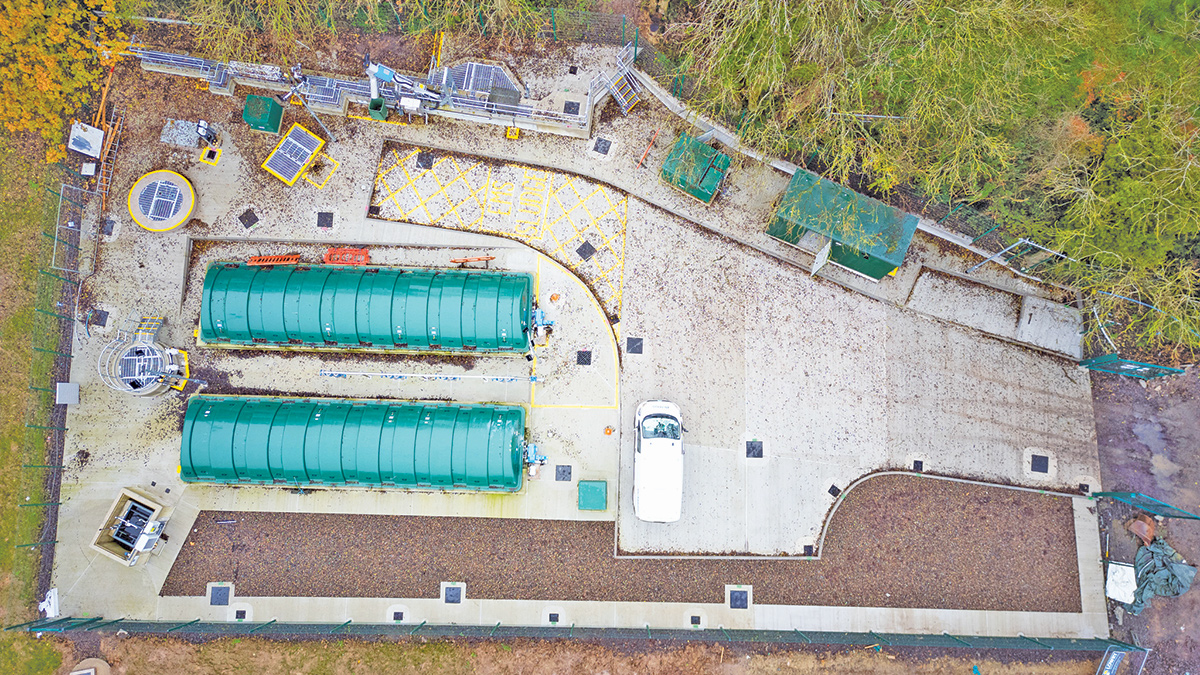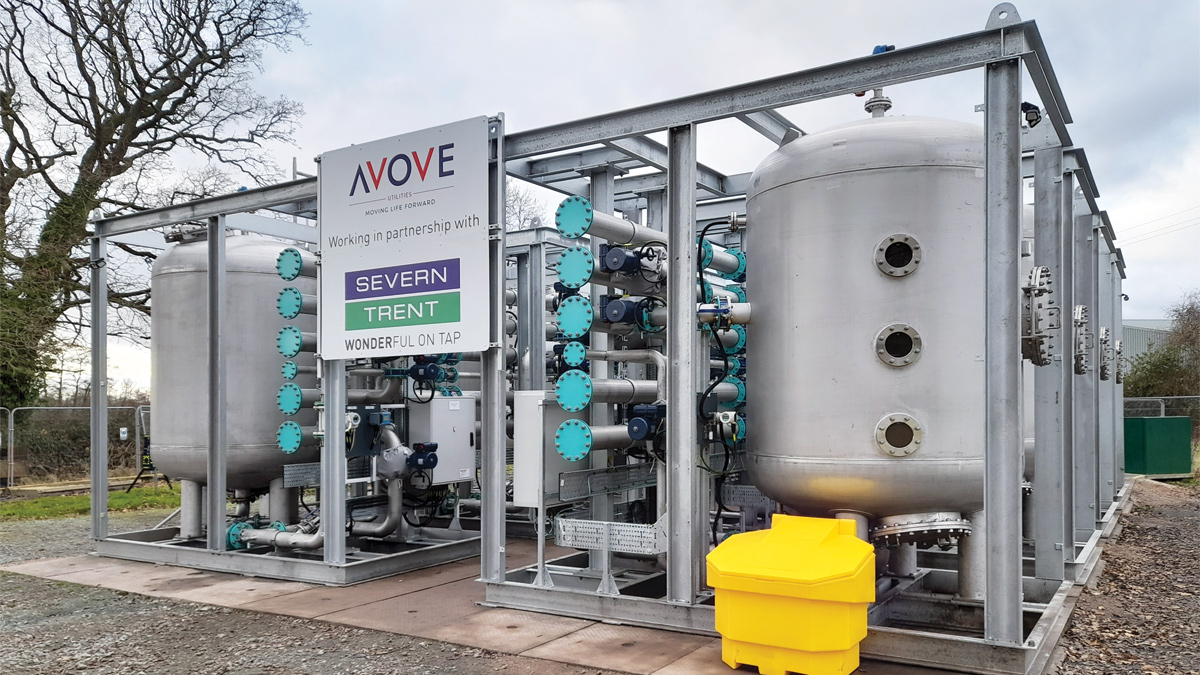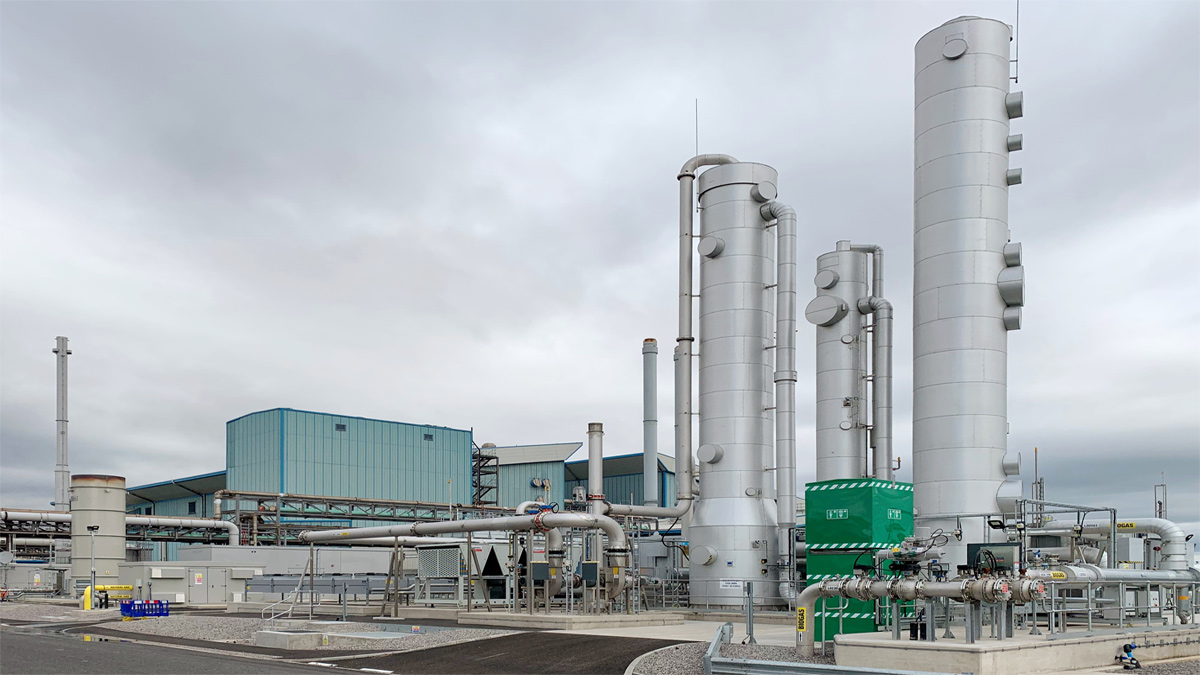Avove
Sustainable Vegetation Management
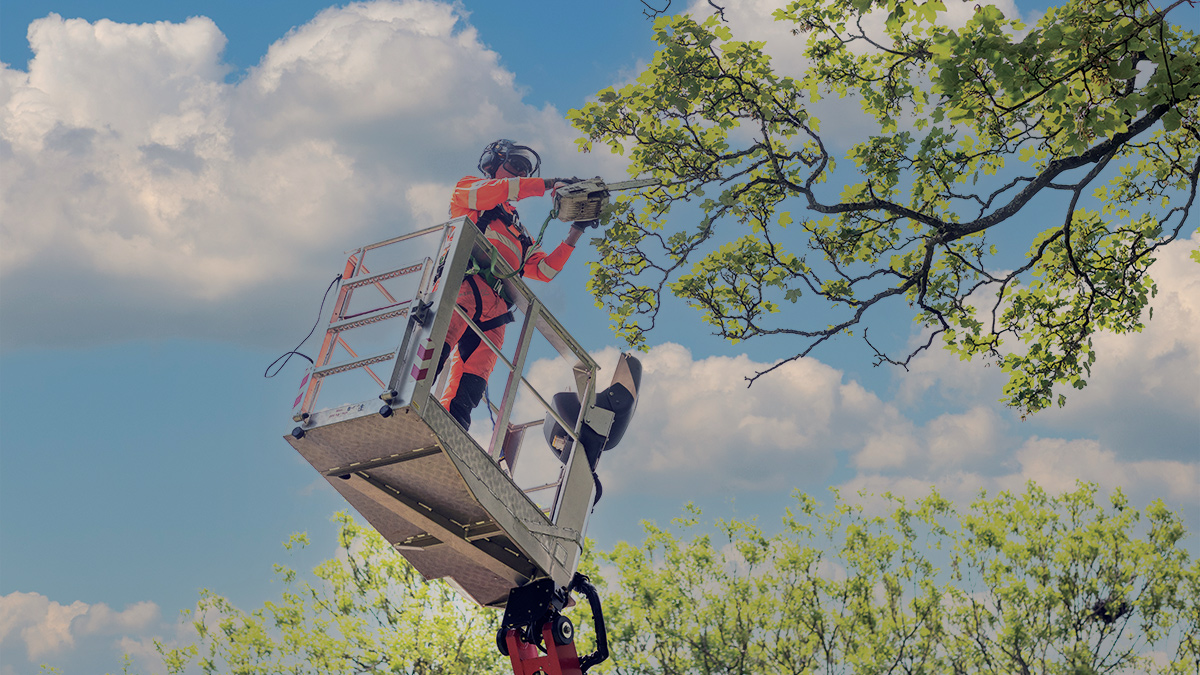
Courtesy of Avove
The Strelley to Redhill Pipeline Project involved constructing and installing a large steel pipeline to connect the Strelley and Redhill Reservoirs. This pipeline will significantly boost the flow rate between the reservoirs, allowing up to 35 million litres of water to be delivered each day. This strategic upgrade would ensure a robust and reliable water supply for Nottinghamshire and surrounding areas; particularly in anticipation of future AMP8 developments. The route for the new pipeline, located 6km northwest of Nottingham City Centre, traversed a diverse landscape that included agricultural fields, residential areas, railways, highways, car parks, business parks and existing Severn Trent land and infrastructure.
Avove was contracted by Severn Trent to construct the 16km major infrastructure project. To facilitate the pipeline’s construction, Avove’s Vegetation Management teams worked closely with operational and construction teams to clear hedgerows, vegetation and woodlands along the designated route. Throughout the process, environmental sustainability was at the forefront of operations, safeguarding local ecosystems and fostering positive relationships within the community. This collaborative, ecologically responsible approach resulted in successful outcomes for all stakeholders, including Severn Trent, Avove, local wildlife, local residents and the broader community.
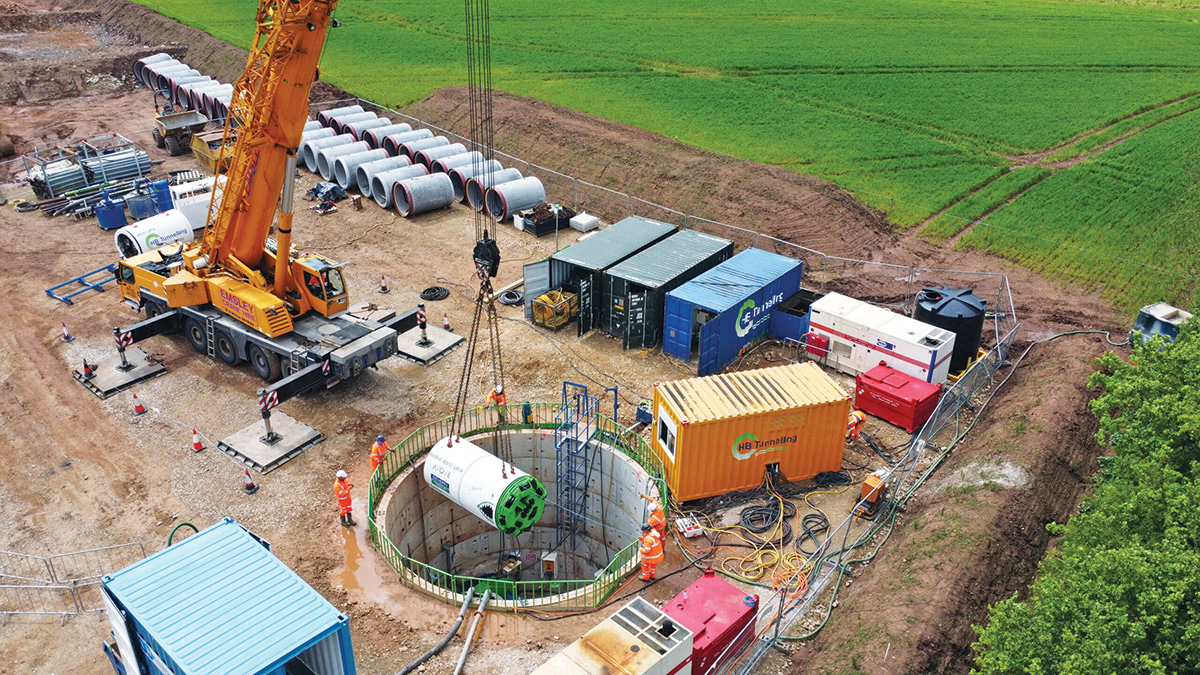
The Strelley to Redhill site compound showing the TBM being lowered into the shaft and the pipes ready to be laid – Courtesy of Avove
The challenge
The Strelley to Redhill pipeline project presented several significant challenges, which required the Avove Vegetation Management team to conduct land surveys to identify potential issues with the proposed route. The following specific challenges were identified at this phase:
- Complex route intersection: The proposed pipeline route needed to intersect major UK infrastructure, including a Network Rail line and the A610. Navigating these intersections required careful, comprehensive planning and coordination to avoid disruption in the local area and to ensure the safety of both the team and residents.
- Design adaptations & approvals: Land surveys revealed potential risks associated with the original design, necessitating the quick development of alternative design solutions and diversions. These solutions required thorough testing for feasibility and swift approval to avoid delays.
- Community engagement & representation: Ensuring that local residents were adequately represented and consulted during the vegetation management works was crucial. The team needed to address community concerns and ensure that the project proceeded with minimal disruption to the daily activities of local residents.
- Environmental & ecological risks: The clearance of vegetation across agricultural sites introduced ecological risks, such as the presence of invasive Japanese knotweed that presented a significant health and safety risk due to its ability to cause damage to infrastructure; including sewers, drains and water mains. In addition, the work needed to be completed before the onset of nesting season, to prevent disruption to local wildlife. The team had to develop a delivery strategy that mitigated these risks, whilst maintaining the project’s timeline.
- Preservation of heritage sites & vegetation: The project needed to include the preservation of local heritage sites, such as Bestwood Country Park and the protection of mature wildlife, including a 150-year-old oak tree. The team faced the challenge of balancing the project’s infrastructure goals with the preservation of these valuable natural and cultural assets.
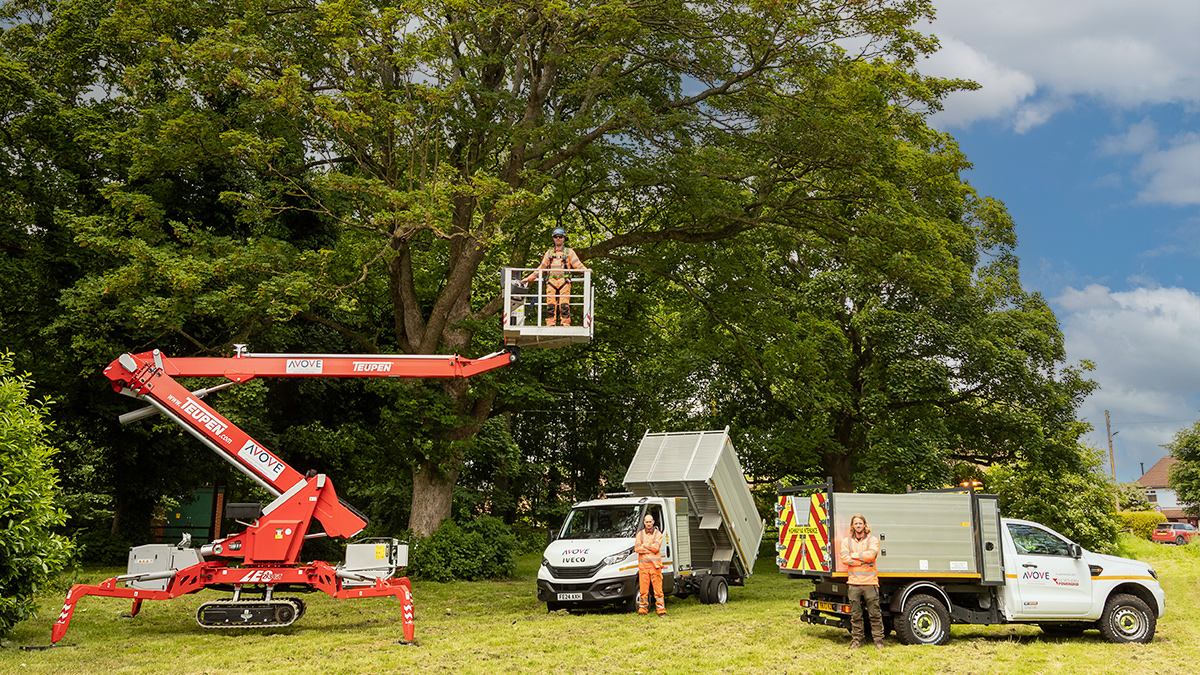
Courtesy of Avove
To overcome these challenges, the Vegetation Management team worked alongside other Avove teams involved with the project to develop solutions that reflected best practices. Being able to leverage the existing expertise of colleagues ensured that bespoke solutions could be developed, representing simplicity, innovation and cost efficiency for Severn Trent.
The approach
The Avove Vegetation Management team, working in collaboration with in-house design and ecological functions, successfully delivered the work according to Severn Trent’s requirements, providing cost-effective design amendments that rectified the challenging planned route.
- Design diversions & alternative solutions: Avove quickly identified operational risks and suggested route diversions to avoid potential hazards. For example, they a small diversion was designed to avoid uprooting Japanese knotweed, an invasive species that grows rapidly and requires costly chemical treatment to successfully eradicate it. This solution not only mitigated the risk this plant caused to the project, but also provided a cost efficiency of approximately £250,000 for Severn Trent.
- Protection of vegetation: The team took special care to protect local heritage sites and mature trees. For instance, they implemented excavation techniques that preserved the root systems of protected lime trees near a local church. Excavation was undertaken using vacuum techniques to avoid damaging the root plate. The team also designed a route diversion to protect a 150-year-old oak tree near Bestwood Country Park. In areas where excavation was necessary to the project, such as outside of Bestwood Country Park, near to a local housing estate, the team engaged with the community to develop replanting initiatives that ensured the greenspace would be restored to its former state.
- Community engagement: Avove prioritised community engagement throughout the project. The team held replanting forums and consultations to ensure that the local community needs were met and that their concerns were addressed. This approach helped to build positive relationships with residents and reinforced both our and Severn Trent’s commitment to social responsibility.
The Solution
Avove successfully delivered this vegetation management project in line with Severn Trent’s requirements, maintaining a significant portion of the original design whilst ensuring that all vegetation clearance was completed within an 8-week period. This rapid execution was crucial for facilitating the construction of the pipeline and ensuring that the pipeline project, as a whole, remained on schedule.
In addition to the efficient delivery of this project, we collaborated with Severn Trent to ensure that that the execution of the original design didn’t present unexpected commercial complications by suggesting alternative routes, leveraging the expertise of our in-house functions to provide a one-stop shop solution to risks that would have otherwise been complicated to manage.
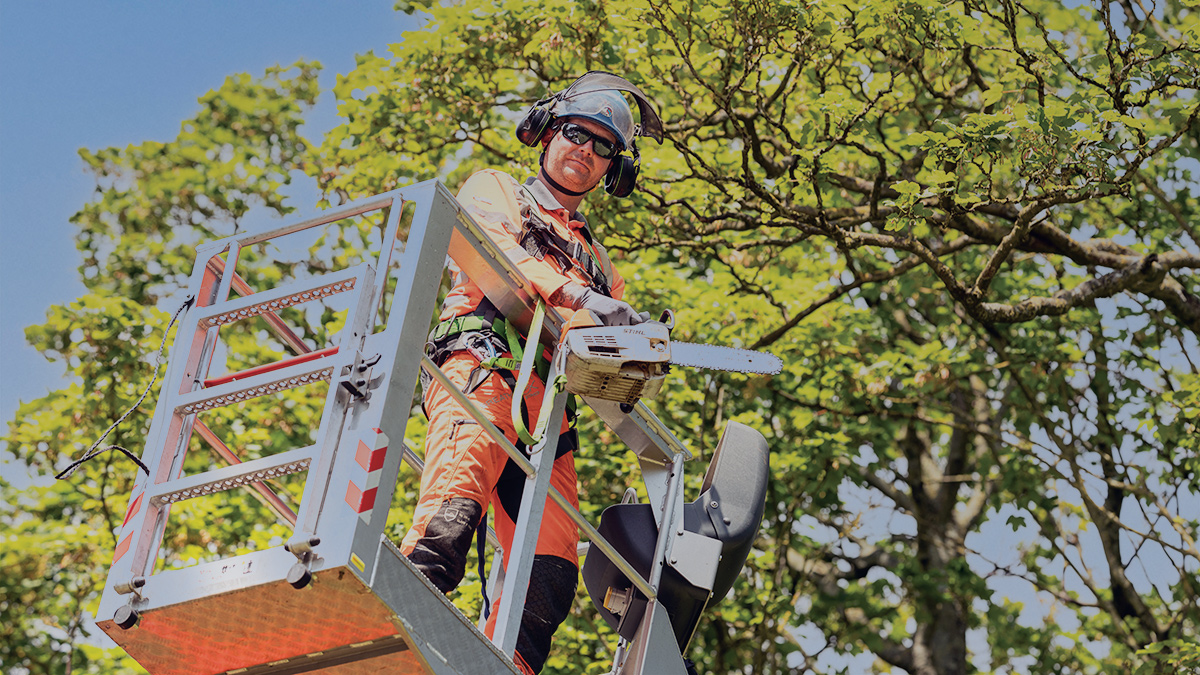
Courtesy of Avove
Benefits
The successful execution of this stage of the Strelley-Redhill Pipeline Project, delivered numerous benefits for Severn Trent, the local community and the environment. These included:
- Cost savings & efficiency: The design amendments, such as the diversion around Japanese Knotweed, resulted in substantial cost savings for Severn Trent and ensured the project would be completed within the designated timeframe.
- Proactive community engagement: The team built trust and fostered positive relationships within the community, which alleviated concerns and ensured comprehensive communication.
- Environmental responsibility: The commitment to environmental responsibility ensured that the project had minimal impact on local ecosystems, safeguarded mature trees and involved replanting initiatives, which preserved the area’s natural heritage.
- Enhanced water supply infrastructure: The new pipeline significantly increases the flow rate between the Strelley and Redhill reservoir, ensuring a reliable water supply.
Innovations
- Efficient route diversions: By leveraging the expertise of their integrated functions, we developed and implemented route diversions that minimised the environmental impact and avoided costly complications.
- Multi-disciplinary approach: The synergy between the Avove Vegetation Management, Design, Ecological and Customer Service teams offered a holistic approach to project management, which ensured that potential risks were managed effectively and the project’s design and execution were optimised for simplicity, innovation and cost-efficiency.
The Results
The Strelley to Redhill Pipeline Project stands as a successful example of Avove’s ability to deliver complex infrastructure projects, whilst balancing environmental, community and client needs. The project was completed on time, within budget and to the highest standards of quality and safety. The results of this project also demonstrated the value of a multi-disciplinary approach to project management, which integrated Avove’s expertise across vegetation management, design and environmental sustainability.
In conclusion, the project’s success highlights commitment to innovation, environmental responsibility and community engagement and reinforces Avove’s reputation as a leader in delivering large-scale infrastructure solutions that provide lasting benefits for clients, communities and the environment.

